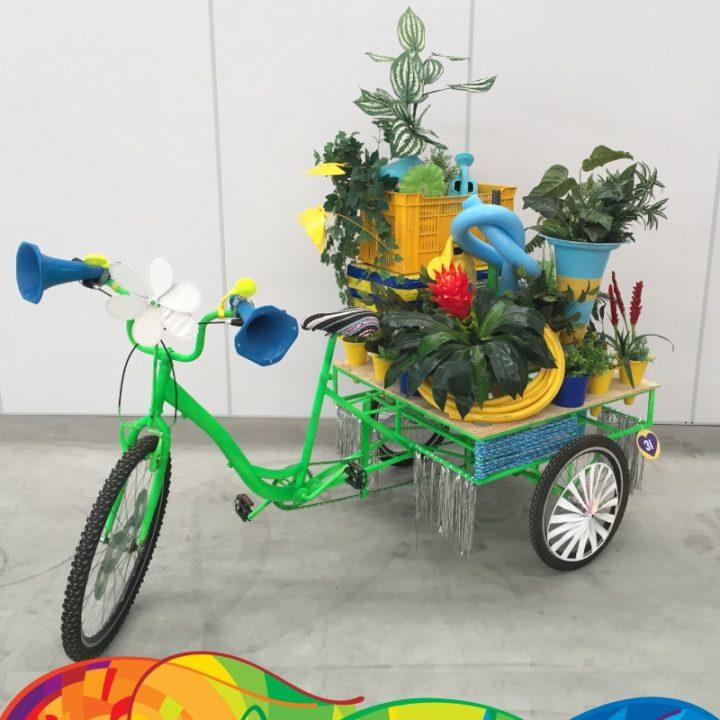The first group of athletes and coaches moved into the athlete village for the 2016 Rio Paralympic Games, set to begin on September 7th. The athlete response was mostly positive, with athletes emphasizing the speed with which they were given their village passes and moved into their living spaces. Eventually, around 4,350 athletes representing 160 countries will find their way into the athlete village, located in Barra da Tijuca. Additionally, around 3,000 team officials, judges, and other sports personnel will join the athletes in the village.
While the Paralympic athletes had a smooth transition into the athlete village, the athletes competing in the Olympic Games did not. The Australian delegation called the athlete village “uninhabitable” when they first arrived, forcing them to live in nearby apartments until the problems were addressed. The Egyptian team arrived to toilets that would not flush and no hot water. It took 600 plumbers and electricians to fix the problems in time for the Games.
Since the completion of the Olympic Games on August 21st, multiple changes were made to the village to accommodate the athletes, as well as fix the problems that plagued the athletes last month. The doors and corridors of all 31 buildings were widened for increased accessibility, showers in the rooms were widened, some rooms had double beds removed, and chairs have been removed from the giant canteen to make space for wheelchair users. The elevators in the athlete village were originally designed to fit two wheelchairs at once. In addition to these changes, the official prosthetic provider of the Paralympic Games, Ottobock, will have 90 representatives in the athlete village to provide technical service for the athletes.
Rio will be providing nearly 2,000 volunteers that will help run the Paralympic Games. The opening ceremonies will begin on September 7th. The swimming portion will run from September 8th-17th.
